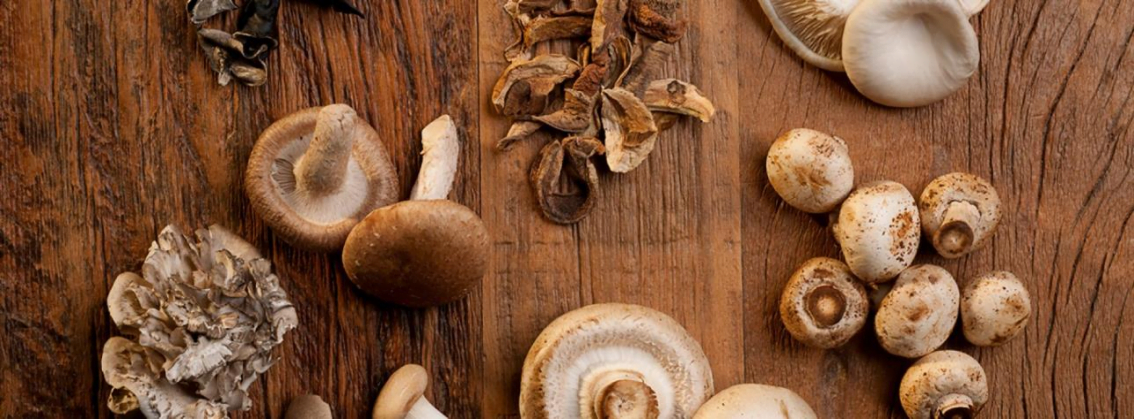
Why this SUPER food is great for your health and is the real "sustainability" of this planet
Our ancestors have known the health benefits of mushrooms as far back as 200 or 250 AD. Documented in the book The Divine Farmer's Materia Medica, a foundational text on Chinese welfare practices, medicinal plants and agriculture. From the Chinese Reishi mushroom, known for its immune-supporting properties, to the Finnish Chaga mushroom, it supports antioxidant pathways, the health benefits and ecological and culinary potential of fungi are as diverse as the number of species found on the forest floor. But our relationship with mushrooms is complicated.
For any semi-obsessed food-seeker who scours the woods for wild chanterelles, there are those who are wary of mushrooms and don't like the idea of eating fungus. Maybe they're afraid they'll be poisoned, or maybe that slimy mushroom pizza experience they had as a kid has ruined the food forever. Nevertheless, it's time to rethink the mushroom, not only because fungi are gentle on the planet and the great recyclers of the natural world, but also because they could be the sustainable superfood of the future.
Mushrooms are healthy on the plate and gentle on the planet
According to a 2017 study by SureHarvest, growing and harvesting one pound of fresh mushrooms requires only 1,8 liters of water, 1,0 kilowatt-hours of energy and generates only 0,7 pounds of CO2 equivalent emissions. In forests, mushrooms break down organic matter and create a healthy soil by making their raw materials available again for the ecosystem. Mushrooms may be the most sustainable food on the planet, but it's not the only thing that makes them great. Mushrooms are packed with vitamins, minerals and other nutrients, including vitamin D, vitamin B6, folate, magnesium, zinc and potassium. Fungi are rich in antioxidants such as ergothioneine and selenium, reduce inflammation and improve immune function. Available in a variety of shapes, sizes and colors, mushrooms are a gastronomically versatile, low-carb, virtually fat-free food that can replace meat as a main course or side dish.
Are people finally getting out of that slimy mushroom pizza mindset?
There are more than 2.000 edible mushrooms in the world, but 90 percent of the fungi people cook are the basic cultivated portobello mushrooms and white buds. Classics like Shiitake are also popular. However, food trends are changing and fungus-inspired companies are filling a new niche with alternatives to conventional mushrooms.
An increased interest in foraging and locally sourced ingredients coupled with an aversion to technical meats (Impossible Foods, Beyond Meat, etc.) has worked wonders for the mushroom's reputation, turning it from culinary curiosity to a mainstream star. In general, consumers feel more comfortable with this weird organism as they find it easy and versatile to cook and respect the fact that responsible growers use wood waste that would otherwise end up in landfills to let their mushrooms grow. germinate.
Whether you buy locally, look for native varieties, or grow your own at home with a grow kit (Smallhold is a well-known brand of organic mushroom grow kits), the health benefits of mushrooms are as complex as the ecosystem from which they come.
Sources: theamericanscholar.com, smithsonianmag.com, mushroomcouncil.com
